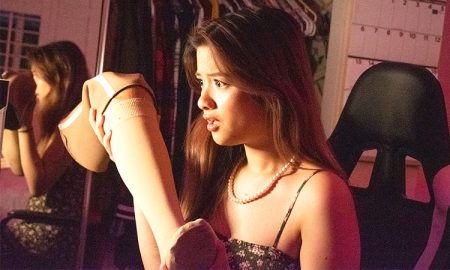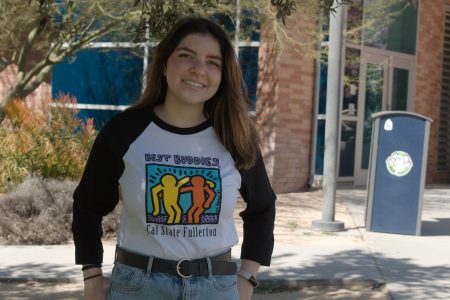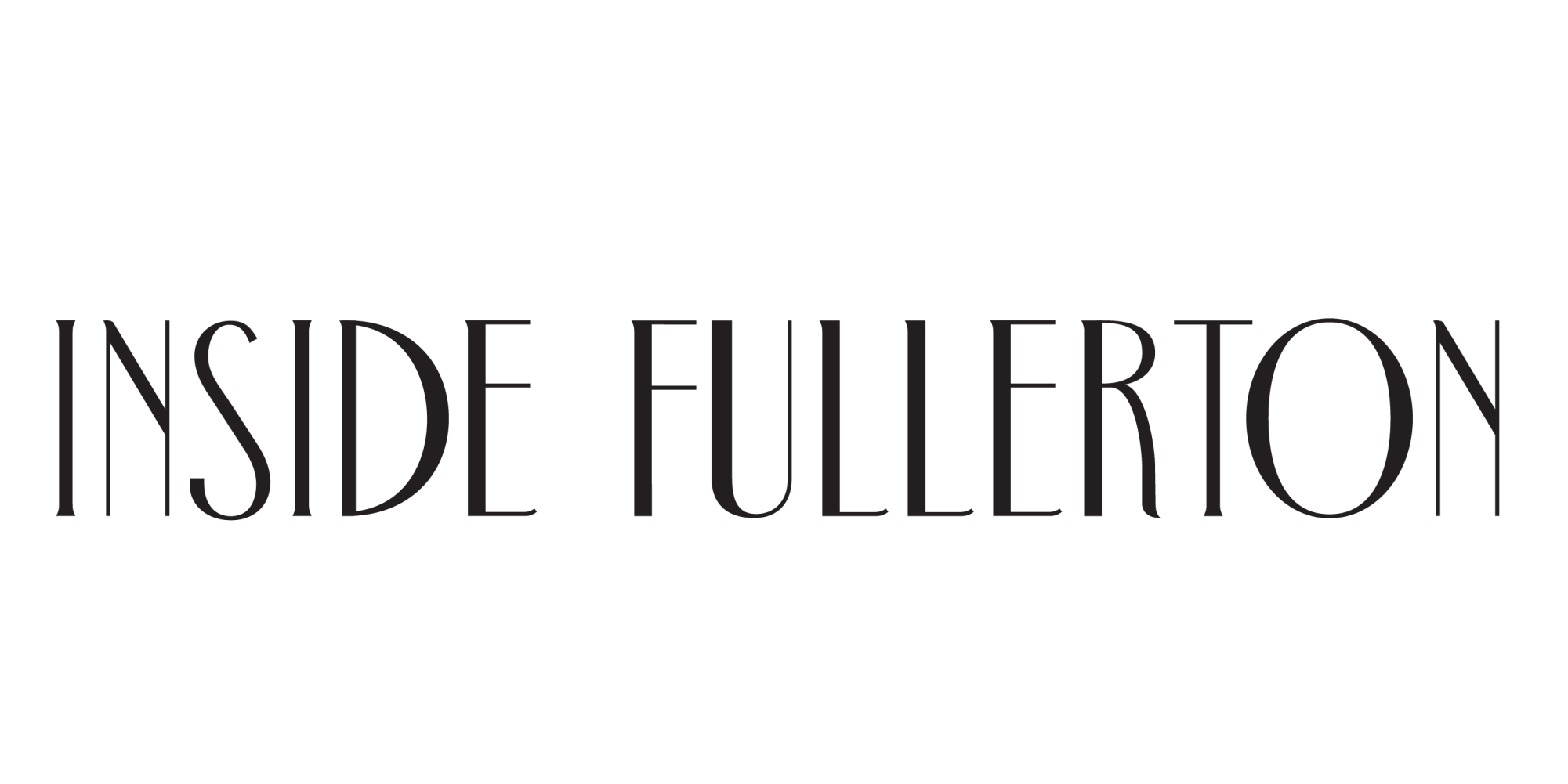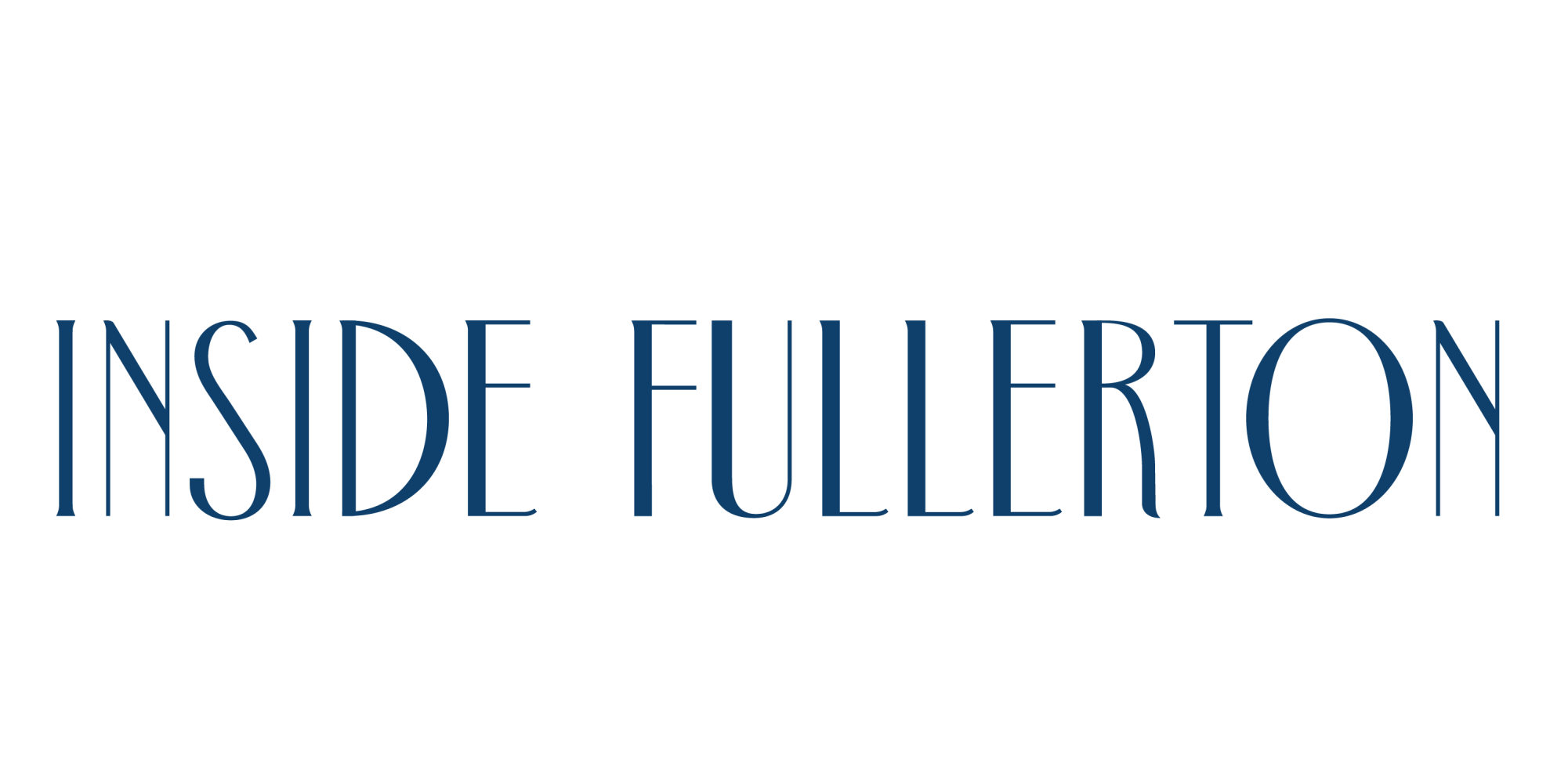It was 2011 and I was 9 years old. School had just let out for recess. I excitedly ran to the playground, looking forward to playing tag in the field. I heard a familiar voice call my name. I turned around expecting to hear a friend invite me to play a game, but the rush of excitement soon turned into a rush of shame. Instead, I was greeted by a group of classmates, one of whom snickered, “Hey, the class RETARD thinks she can miss class whenever she wants? What an idiot.” Confusion and sadness consumed me as I fumbled with the question, “Why am I being called names?”
As I got older, I began to understand my identity of being disabled and began to challenge the stigma by learning more about it. With time, I became more vocal about disability rights with my peers and coworkers. I was preceded by many important activists such as Anita Cameron who has fought for the rights of Black disabled people for nearly 40 years, and Jim Sinclair who shifted the lens on autism in the early 1990s. However, the battle to bring awareness to disability issues continues.
Two local activists have been actively using their voices and platforms to advocate for disability rights.
One of them is Angelica Sano who is a second year student at California State University, Long Beach, who was diagnosed with osteosarcoma, a type of bone cancer, when she was 8 years old. As a result, she had part of her leg amputated.

“When I was younger, before I gained a lot of self confidence, I used to have that mentality that disabled equals bad and felt ashamed for it,” she says.
Sano now uses social media, such as her TikTok, @angelicaxomae, to share her own experiences as an amputee. One video revealing her cancer diagnosis and loss of her leg gained traction in 2020 and soon became viral on the app.
Since her first viral video, she has gained 100,000 followers and her videos have accumulated millions of views. Her content varies from story time videos, satirical content or jokes about her experiences being a disabled, bisexual woman of color. “I think being part of so many different communities, I just understand what it’s like to go through trauma, and it makes it so much easier for me to communicate with others about my trauma with cancer,” she says.
The community that she has cultivated through the app is filled with people who have similar experiences, making her feel less alone.
“I have a large group of people who are very supportive because they know what it’s like to be marginalized. I feel like that’s the thing that makes it all connect for me…” she says.
For Sano, representation was extremely hard to find growing up. If she found someone who shared a similar experience, it was typically met with a sad story, shaming the disability rather than embracing it. Because of this, the content that she creates is positive and humorous, but it also sheds light to the reality of being disabled.
“I feel like I add in a lot of realistic representation for amputees, and it’s harder to find disabled people online in social media and in pop culture without it being centered on a sad narrative,” Sano says. “So, if me putting myself out there and sharing my own experiences means that I can inspire other people to share theirs, that’s something I’ll do.”
Sano’s lack of representation in her own life has inspired her to use her marginalized identities to be seen in the media. “I feel like when people see themselves on social media, it makes them feel more okay to be who they are,” she says.

Ariana Hartman is a first-year student at California State University, Fullerton. She is the event coordinator for the school’s chapter of Best Buddies, an international organization that creates opportunities for one-on-one friendships for individuals with and without disabilities. Hartman has been part of the organization for five years, starting her freshman year in high school.
Hartman recalls not hearing very much about different disabilities growing up because she didn’t have a disability or know many people who did. But as she made friends with disabled people in high school, things changed. She was tired of seeing people be disrespectful to her friends who have Intellectual or Developmental Disabilities (IDD).
“Sometimes, when people talk to disabled students, I can tell there’s a condescending tone and a much slower pace and it makes it seem like they’re incapable or not as smart as you think they might be,” she says.
Hartman finds that there is a lack of understanding of how harmful words and language hurt individuals with disabilities. She wanted to know what she could do to help.
“When I found out about Best Buddies in high school, I became intrigued and got involved,” she says. Through her time in the organization, she’s helped organize events such as fundraisers, walks and other on-campus gatherings.
She noticed the students who had IDDs became more open and comfortable with each other and with other people who didn’t have disabilities. “After having our first few events, I could already see the impact that this program has had,” she says. “It’s so heartwarming to see each of my peers blossom and grow in their own way.”
While Hartman doesn’t have disabilities herself, she uses her experiences as an able-bodied person not only to advocate for disabled individuals, but to learn and understand more about their experiences and perspectives. But it’s not always easy. Over time, she’s become more comfortable. Ultimately, her experience with Best Buddies hasn’t just been about helping people with IDDs, but it’s been a way for her to grow.
“If I’m confused about something, I’ll ask my peers about their opinions and get to learn about their own stories and experiences,” Hartman says.
Since joining Best Buddies, the bonds she’s made with other students have turned into lifelong friendships. “I’ve continued to stay friends with someone that I met during the first year I got involved, and we’ve been close for five years now. I’m at CSUF and she’s in an adult transition program, and we always find time to get together,” she says. “I’m so glad to have this great friendship and build a safe environment through this club.”

